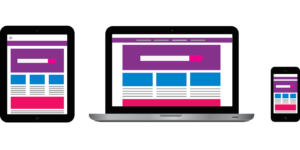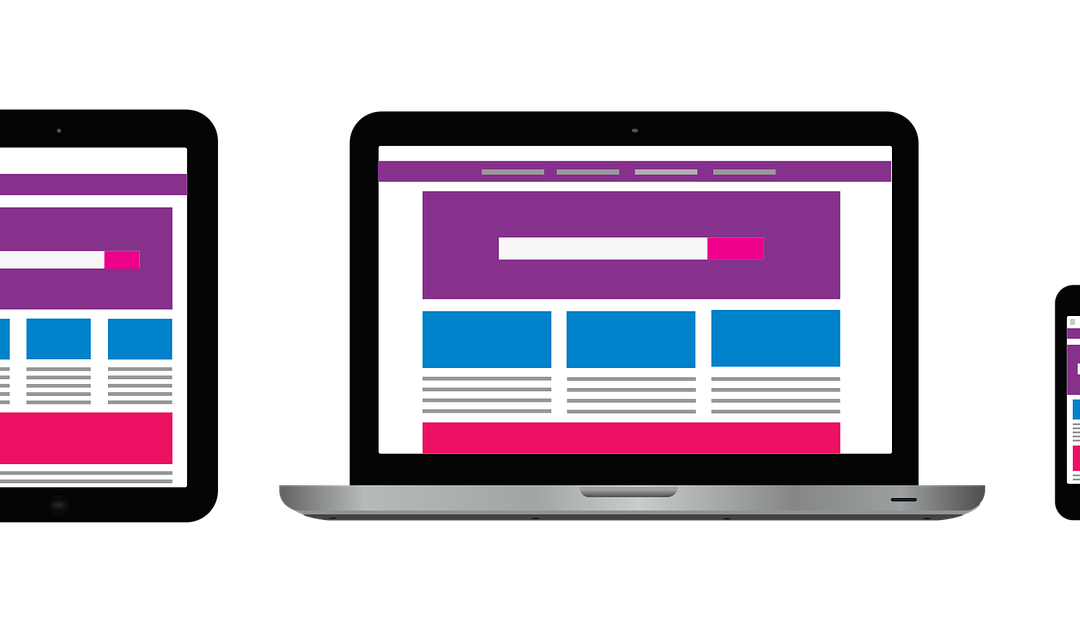 These days, there’s little in the digital world that isn’t constantly changing and developing. Your website should be no exception. If you want to keep your audience engaged and your content desirable, you’ll have to stay on top of your game and make sure you’re in-the-know about the latest trends. If your site remains the same for too long and isn’t updated with exciting new content every once in a while, you risk appearing stale and irrelevant.
These days, there’s little in the digital world that isn’t constantly changing and developing. Your website should be no exception. If you want to keep your audience engaged and your content desirable, you’ll have to stay on top of your game and make sure you’re in-the-know about the latest trends. If your site remains the same for too long and isn’t updated with exciting new content every once in a while, you risk appearing stale and irrelevant.
Thankfully, you can use a professional website builder like Wix to tweak your site and give it the freshening up it requires. This straightforward guide will explain how to update your website easily and efficiently:
Deciding whether you should update your website
Before you embark on a full-out website redesign (a hefty project which could potentially take months), consider whether a few simple adjustments could help bring your site to the next level. Knowing how to design a website is one thing, but keeping it constantly up-to-date is quite another.
And if you’re not sure whether your website is in need of a little TLC, ask yourself the following questions:
Is my design slightly outdated?
Have my sales been decreasing recently?
Could I realistically increase my results with better product photography or a better overall user experience?
Could my brand benefit from any additional pages, such as a blog or an online store?
If you answered “yes” to any of those questions, or if they got you thinking about your site, a little website update may be at hand.
How to update a website in 8 steps
Review your current content and design
Check your website’s data
Evaluate your competitors’ websites
Gather inspiration
Add powerful multimedia elements
Align your design to current trends
Perform simple A/B testing
Optimize your SEO
-
Review your current content and design
First up in your website update: give your current site a thorough evaluation. At this point, you’re not creating any new content but simply investigating what works well and what doesn’t. This way, you’ll be able to make a clear list of all the details that need tweaking.
Visual content: Check the quality and relevance of your visual assets, such as images and videos. Identify anything that looks blurry, pixelated or generally outdated. You may come across images that are no longer relevant or aren’t aligned with your current brand identity.
In these instances, you won’t necessarily have to delete the images altogether. Rather, you could use online media editing tools to bring them to life. Also, take note of your website’s loading speed. Old video files may be overly heavy, negatively impacting your site’s user experience.
Written content: As well as looking at your site’s visuals, scan through the written website content too. Look for any broken links, as well as missing or incorrect information.
For example, you may have old blog posts that no longer serve a purpose, or mission statements that don’t quite speak your brand’s language. Perhaps you could give more details on a certain product or service you’re selling, or reword the text on your call-to-action button to generate more clicks.
-
Check your website’s data
As well as thoroughly surveying your website from the front end (the part of your website that visitors see), it’s also worth looking into your own analytics. This will help you understand your audience’s behavior and how you can tailor your site to better fit their needs.
Integrating tracking tools and analytics into your Wix website will enable you to monitor your site’s traffic. You’ll be able to check important information, such as which pages are the most popular, how much time visitors spend on each page and what your bounce rates are (meaning, how many visitors left your site without interacting with it at all). For more advice, here’s a comprehensive guide on how to use Google Analytics.
Once you understand your customers’ behavior a little better, take it a step further by analyzing why they may act the way they do. If many visitors are leaving a certain page of your site without engaging with it at all, consider what is different about that page. Does it have more text than others? Does it take longer to load? Insights such as these will help you come up with more informed decisions when updating your website.
-
Evaluate your competitors’ websites
While you’re busy working away on your website update, don’t forget to check what your competitors are up to by conducting some market research. After browsing through a few of their websites, compare your findings to your own site.
Consider whether you may be missing any crucial information, pages or content. Or perhaps you came across a nice idea or two that you could adopt and implement in order to help boost your site.
Take your evaluation one step further by looking into your competition’s data. This will give you the chance to compare your site’s traffic to others, using specific metrics that you can pick. Don’t worry if this sounds daunting – there are useful website analytics tools dedicated to just that. For example:
SimilarWeb lets you enter yours or your competitor’s domain name into the search bar. It then comes up with a full report of traffic estimates, in a fairly simple to understand interface.
SEMRush is a highly recommended SEO (Search Engine Optimization) tool that provides you with details on any website’s traffic, whether organic or paid.
Use the ‘Site Explore’ section in Ahrefs to view how your competitors’ traffic has changed over time and compare it to your own.
-
Gather inspiration
Now is the time to take a good look around and get to know your market better than ever. Search for inspiration by browsing website design examples from both your own and other industries that catch your eye.
Open up your search for inspiration to alternative resources, such as design museums or graphic design magazines. Perhaps you’ll also come across something that sparks your creativity from other fields altogether, such as a color palette you noticed in a boutique window display, or a poster for a concert.
Once you’ve scoured the online and offline worlds for inspiration, it’s time to apply your findings to your website update. However, try not to get carried away with changing too many details. After all, you’re just looking for little touches you can make to elevate your site.
Call HR Webdesign for more inforation at 0450 907 303
